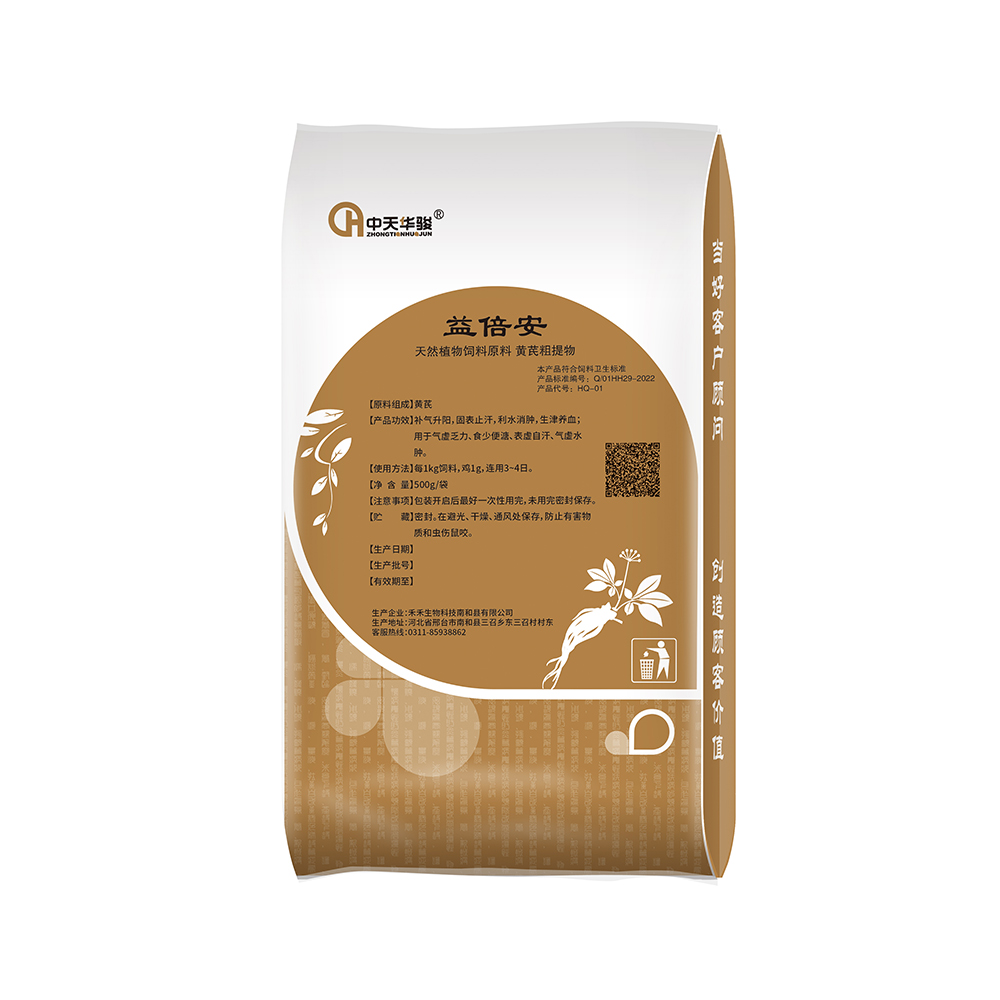
Avq . 16, 2024 16:36 Back to list
Exploring the Impact of Salmonella Enterica Enterica in Food Production Facilities
Understanding Salmonella Enterica Enterica in Food Production Facilities
Salmonella Enterica Enterica is a subspecies of the bacteria Salmonella enterica, which is widely recognized for its association with foodborne illnesses. This particular strain poses significant challenges in food production environments, especially factories where the risk of contamination can lead to widespread health issues. Understanding its characteristics, modes of transmission, and prevention strategies is crucial for ensuring food safety.
The Nature of Salmonella Enterica Enterica
Salmonella Enterica Enterica is a rod-shaped, Gram-negative bacterium that belongs to the Enterobacteriaceae family. It is primarily found in the intestines of animals, especially birds and reptiles, and can contaminate food products through fecal matter. This bacterium is part of a larger group of Salmonella that can cause gastrointestinal diseases in humans, most commonly characterized by diarrhea, fever, and abdominal cramps.
The virulence of Salmonella Enterica Enterica is attributed to several factors, including its ability to survive in harsh environments, its rapid reproduction rate, and the presence of virulence factors that facilitate infection. In food factories, the bacteria can often survive on various surfaces and can withstand different temperatures, making it challenging to eliminate entirely.
Modes of Transmission in Food Factories
Contamination of food products with Salmonella Enterica Enterica can occur at various points within the food production process. Common transmission routes include
1. Raw Materials Contaminated raw ingredients, such as poultry or eggs, can introduce the bacteria into the production line.
2. Cross-Contamination This occurs when raw food items come into contact with cooked or ready-to-eat foods. This can happen through shared equipment, cutting boards, or utensils that have not been properly cleaned and sanitized.
3. Poor Hygiene Practices Employees working in food factories must adhere to strict hygiene protocols. Failure to wash hands adequately after handling raw materials can lead to the spread of bacteria.
salmonella enterica enterica factory

4. Environmental Surfaces Salmonella bacteria can persist on surfaces such as countertops, processing equipment, and even packaging materials. Regular cleaning and disinfection are essential to minimize this risk.
Prevention and Control Measures
To mitigate the risks posed by Salmonella Enterica Enterica in food production facilities, several effective strategies should be implemented
1. Hygiene Training Comprehensive training programs for all staff members are essential to reinforce the importance of personal hygiene and safe food handling practices. This includes proper handwashing techniques and ensuring that employees wear clean uniforms.
2. Regular Testing Routine microbiological testing of raw materials and finished products can help identify the presence of Salmonella, allowing for prompt action to mitigate contamination.
3. Proper Cooking Temperatures Each type of food has specific cooking temperatures that can effectively kill Salmonella bacteria. Ensuring that food is cooked to the appropriate internal temperatures is vital.
4. Thorough Cleaning Protocols Establishing and adhering to rigorous cleaning schedules for all equipment and surfaces can help reduce the presence of bacteria in the factory environment.
5. Traceability Systems Implementing traceability throughout the production process allows for the quick identification of contaminated products, which can help prevent outbreaks and facilitate recall procedures.
Conclusion
Salmonella Enterica Enterica represents a significant health risk within food production facilities. By understanding its behavior, transmission methods, and implementing robust control measures, producers can minimize the risk of contamination and protect public health. Ensuring food safety is a shared responsibility that requires vigilance, proactive management, and continuous education in all aspects of food production.
-
AI-Powered Lambda Interferon Factory Using GPT-4-Turbo
NewsAug.05,2025
-
Top Vitamin C Factory | AI-Powered with GPT-4 Turbo
NewsAug.04,2025
-
Immunovital Fish Feed Factory | AI-Optimized Nutrition
NewsAug.03,2025
-
Quality Bacillus Coagulans BC30 Factory - Expert Production
NewsAug.02,2025
-
China Salivation AI with GPT-4 Turbo Features
NewsAug.01,2025
-
Epic Sepsis Factories: AI-Driven Detection with GPT-4 Turbo
NewsJul.31,2025




